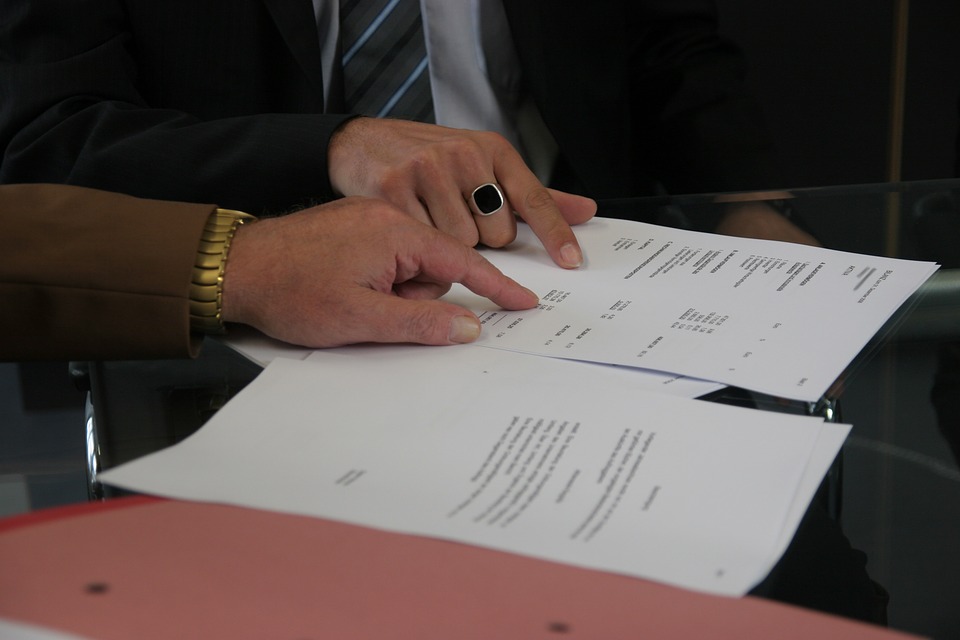Finding the Best Small Retail Space for Lease
You may have heard many real-estate brokers say “location, location, location”. Though it is true that a lot of your retail success depends on where the shop is located, it isn’t the only factor when searching for a shop. You need to consider many other things like your budget, type of lease and other costs associated with leasing the store. In this article we will look at the steps required to find and lease the right type of property.
Retail Space for Lease in the Right Area
You always want to lease a shop or store in an area which lots of foot traffic. In the retail industry the more people you are exposed to the higher your chances of selling more and it also helps with establishing a brand. That’s why you will want to take your time to find and then secure the best possible spot.

How Much Space Do You Need?
When in the market for a retail space for lease you will also want to figure out how much space is enough. You don’t want to end up paying for space you don’t need. The space requirements vary from one business to the next.
You will need to calculate how much space is required in terms of square feet, and then a short list the properties within that size range. The basic formula for estimating the size is:
The expected gross sales volume divided by the sales per square foot which equals the selling space size. Sure this formula isn’t set in stone but it should give you a good starting point.
Negotiating the Lease
Once you have found a location, the next step is to negotiate the lease. Whether it is your first physical location or the 10th one, this is the most important thing to consider. A poor agreement will end up causing a lot of financial pressure.
Generally, there are four types of retail leases:
- Triple Net Lease: This one happens to be the most common. The agreement has the tenant shouldering most of the load. The landlord will only undertake structural repairs.
- A Single Lease: Here the tenant will only pay the property tax and unitalities, while the landlord handles everything else like maintenance and insurance.
- Double Net Lease: In this lease agreement the tenant will be responsible for the insurance, property tax and utilities. The landlord takes care of the maintenance.
- A modified Net Lease: Here the expenses are split down the middle for both parties.

Conclusion
Finding and leasing a small retail space takes time. You should regardless of the situation never make a decision without considering all your options. The biggest mistake you can make is not negotiating the lease with the landlord. If required it is perfectly fine to bring an attorney onboard. The attorney should be able to explain the finer points of the retail space for lease agreement before you sign on the dotted line.


